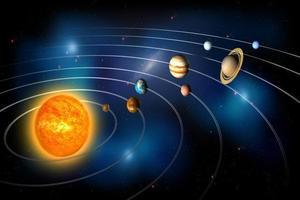12878540
UNIT 6.3 WORK DONE AND ENERGY TRANSFERS
Description
No tags specified
Resource summary
| Question | Answer |
| Work done = ? | Work done (W) = Force (F) x Distance (D) Work done (W) is measured in Joules (J) Force (F) is measured in Newtons (N) The distance (D) moved is measured in meters (m) in the direction of the force applied. |
| How much work is done when a box with a mass of 3 kg is lifted from the floor onto a 2.5 meter high shelf ? (Remember: The force of gravity on a mass of 1 kg = 10 N) | W = F x D W = 30 x 2.5 W = 75 J |
| If 270,000 J of work was done to move a car 40 m, what force was used? | F = W ÷ D F = 270,000 ÷ 40 F = 6,750 N |
| Calculate the kinetic energy of car, with a mass of 1,200 kg, travelling at 20 m/s. | |
| Calculate the speed of a cannonball, with a mass of 5.8 kg travelling with 23,490 J of kinetic energy. | |
| Calculate the potential energy of a rock with a mass of 1,350 kg, on top of a slope 7 m high. | (Gravitational field strength on Earth = 10 N/kg) Potential energy = 1,350 x 10 x 7 Potential energy = 94,500 J |
|
A crane can lift a weight of 2,250 N to a height of 23 m in 15 seconds.
What is the power of the crane?
Image:
Crane (binary/octet-stream)
|
Power = Work ÷ Time Power = (2,250 x 23) ÷ 15 Power = 3,450 W |
| A force of 20 N stretches a spring by 0.5 m. Calculate the spring constant. | F = k x F = Force measured in Newtons (N) k = Spring constant measured (N/m) x = extension measured in meters (m) Therefore k = F ÷ x k = 20 ÷ 0.5 k = 40 N/m |
| Complete the table below about car safety features and how they work. | |
|
Describe and explain how the energy efficiency of vehicles can be improved by reducing idling losses.
Image:
Car (binary/octet-stream)
|
Stop–start systems reduce idling losses. If the car is stopped in traffic the engine shuts down automatically and then re-starts automatically when the accelerator is pressed |
Want to create your own Flashcards for free with GoConqr? Learn more.

